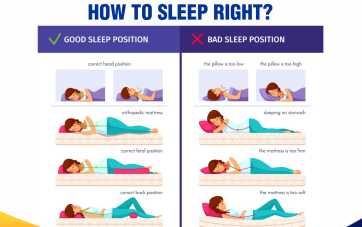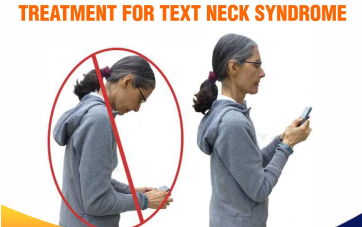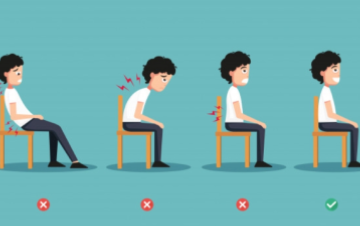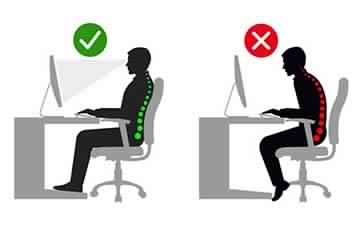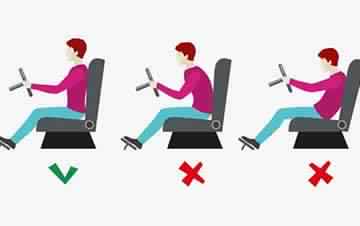RADIOFREQUENCY ABLATION
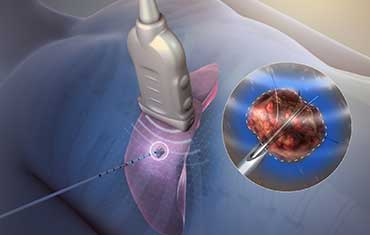
Radiofrequency ablation or RF Neurotomy is a procedure used to treat refractory pain. In this technique, an electrical current produced by a radio wave is used to heat up a small area of nerve tissue, that causes ablation/thermal damage to pain transmission property of nerve, thereby decreasing pain signals from that specific
area.
Which Conditions Are Treated With Radiofrequency Ablation:
RFA can be used to help patients with chronic (long-lasting) low-back pain, neck pain, pain related to the degeneration of joints from arthritis, Neuropathic pain or Neuralgia, etc.
A. Cervical Facet Joint pain or Lumbar Facet joint pain.
B. Sacroiliac joint pain.
C. Knee pain (Very effective).
D. Trigeminal Neuralgia.
E. Neuralgia or Neuropathic pain.
F. Joint pains e.g. Hip pain in Avascular necrosis AVN .
How Long Does Pain Relief From Radiofrequency Ablation Last:
The degree of pain relief varies, depending on the cause and location of the pain. Pain relief from RFA can last from 6 months to 12 months and in some cases, relief can last for years. More than 80-90% of patients treated with RFA experience good pain relief. Pain recurrence is mostly due to nerve repair or regeneration at the RFA site.
Is Radiofrequency Ablation Safe:
RFA has proven to be a safe and effective way to treat some forms of pain. It also is generally well-tolerated, with very few associated complications. It is a US-FDA approved procedure for certain pain conditions and based on high-quality medical evidence.
What Are the Side Effects of Radiofrequency Ablation:
The main side effect of RFA is some pain/discomfort, including swelling and bruising at the site of the treatment, but this generally goes away after a few days. There is a slight risk of infection and bleeding at the insertion site.
Who Should Not Get Radiofrequency Ablation:
As with any medical procedure, RFA is not appropriate for everyone. For example, radiofrequency ablation is NOT recommended for people who have active infections; bleeding problems; pacemakers. Consult your doctor on whether you should go for RFA treatment.
How Do I Prepare for Radiofrequency Ablation:
• To prepare for radiofrequency ablation treatment, you should take a few precautions, including:
• Do not eat within four hours of your appointment; however, you may have clear liquids until two hours before the procedure.
• If you have diabetes and use insulin, you must adjust the dosage of insulin on the day of the procedure. Bring your diabetes medication with you so you can take it after the procedure.
• Continue to take all other medications with a small sip of water. Bring all medication with you so you can take it after the procedure.
• You will need to bring someone with you to drive you home after the procedure. You should not drive or operate machinery for at least 24 hours after the procedure.
What is the cost of RFA treatment:
The usual cost of RFA treatment in western countries ranges from 5000-8000 US Dollars (Approx Rs. 3-6 Lakhs Indian Rupees). But this technique has been made cost-effective in India with approx cost Rs. 25,000 to Rs. 1.5 lakh, depending upon disease condition.
Additional Treatments:
What is PRF Pulsed Radiofrequency treatment:
In PRF or pulsed radiofrequency treatment, radio waves are given over painful nerves, so as to cause electrical & molecular-level changes in nerves, so as to prevent nerves from conducting pain signals to the nervous system.
In PRF treatment, there is NO thermal ablation of nerves, instead, nerves are made to stop the conduction of pain signals by Neuro-modulation.
This is the most latest technique USFDA approved for Neuro-modulation.
There are absolutely NO side-effects from this technique.
What is Cooled RF or Coolief/ Cooled Radiofrequency treatment:
In Cooled RF treatment, Radio waves are concentrated on painful nerves, so that the electrical field generated causes ablation of nerve, without raising the temperature of nerve and surrounding tissue. This technique produces a bigger lesion size on nerves without affecting the surrounding tissue.
Indications and side-effects are similar to Conventional RFA treatment.
